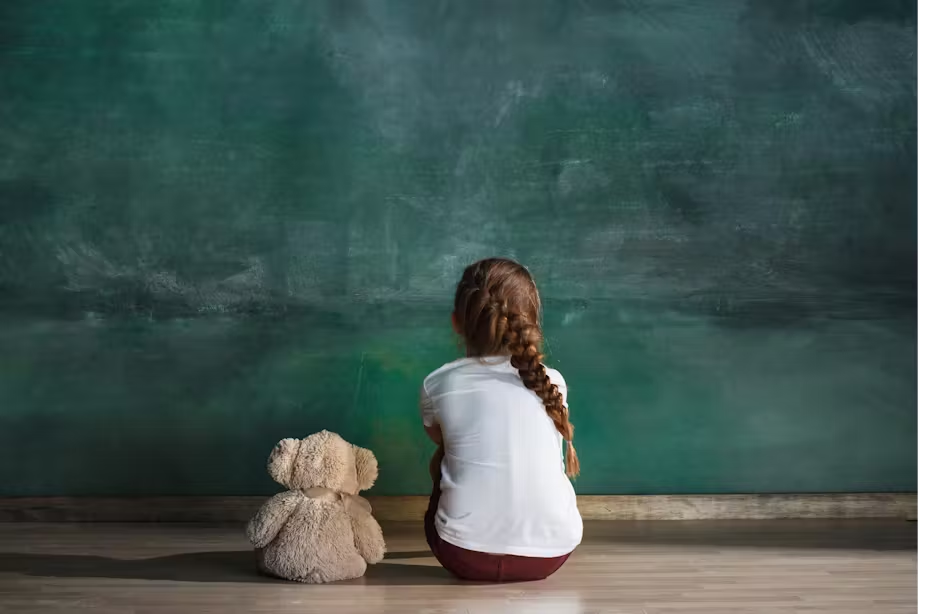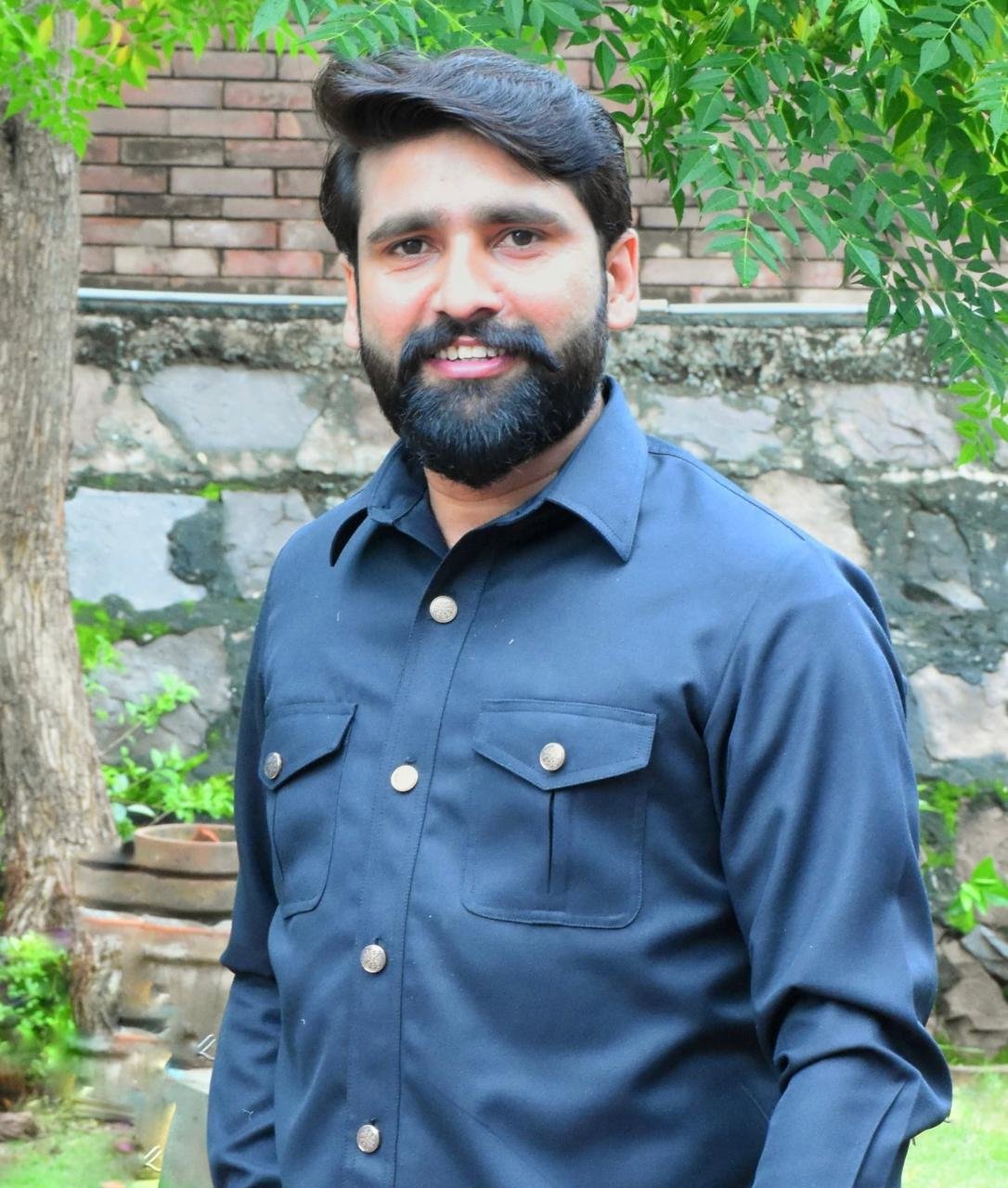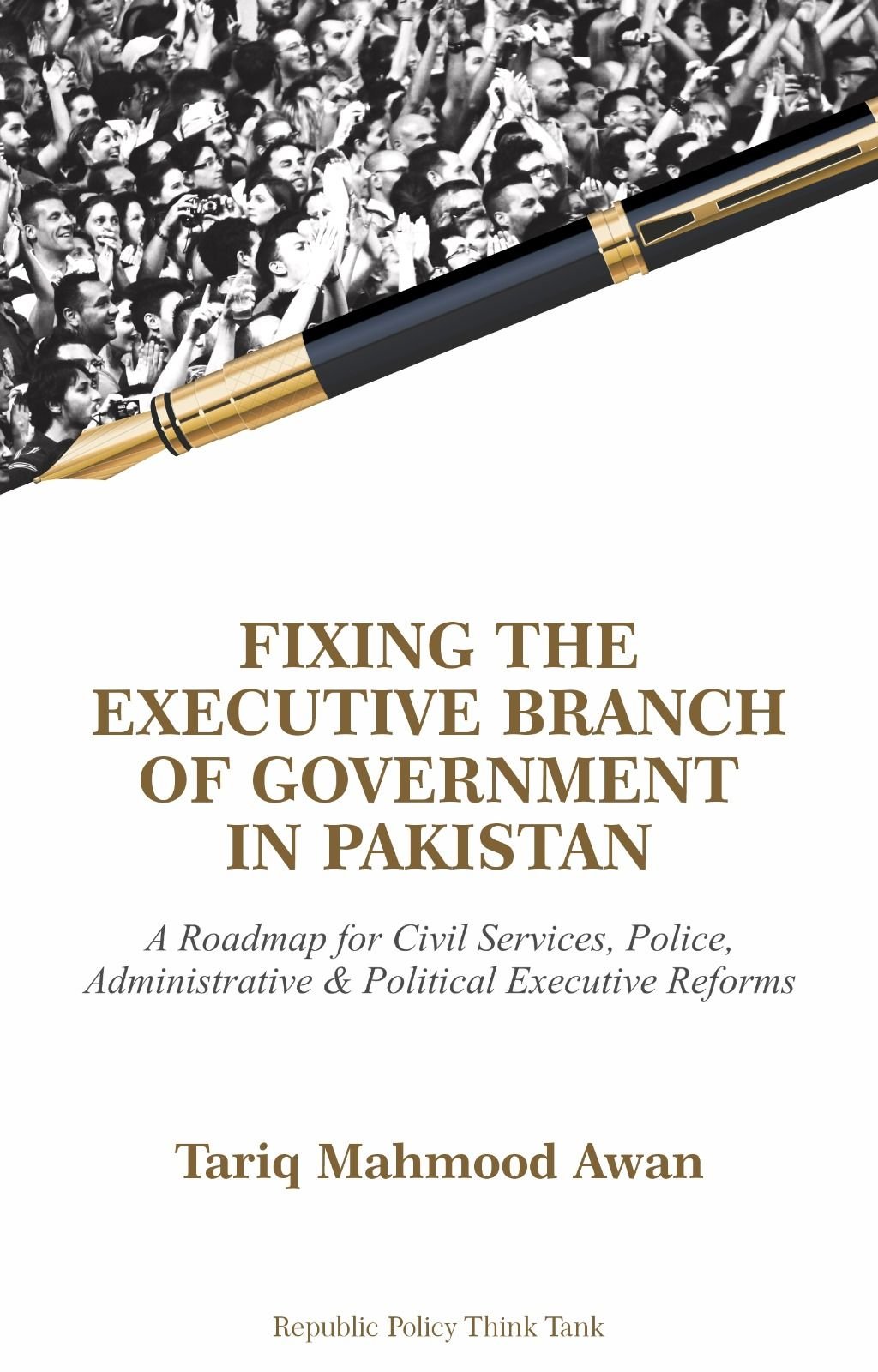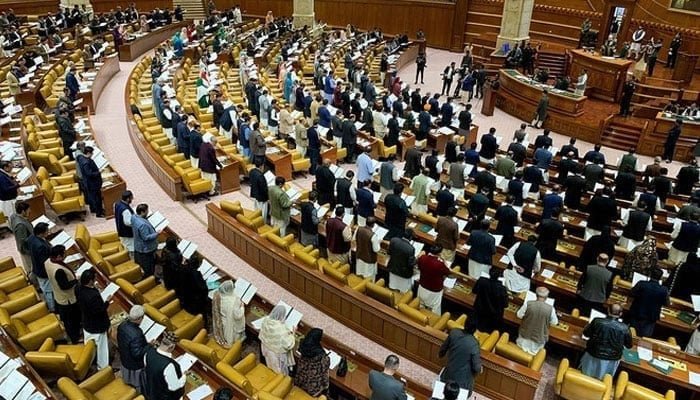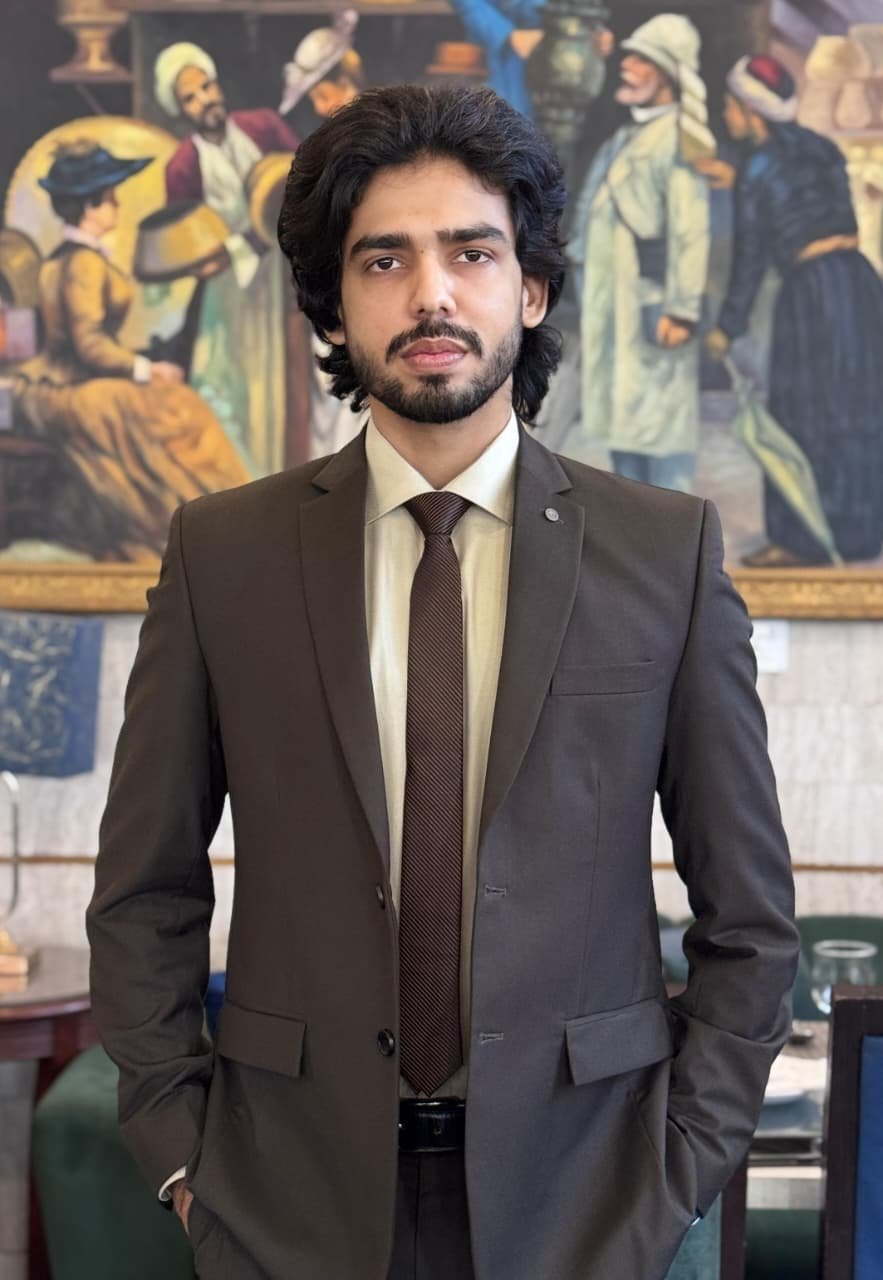Mubashir Nadeem
Pakistan is facing a horrifying and deeply unsettling crisis — one that is targeting its most vulnerable citizens: children. Recent data released by the Sustainable Social Development Organisation (SSDO) paints a grim picture of how widespread and unchecked violence against children has become in the country. In just the first quarter of 2024, a staggering 7,608 cases of child abuse were reported. That means, on average, 21 cases a day — a number that should spark national outrage but continues to be met with political indifference and systemic inaction.
The statistics are not just numbers — they are stark indicators of the range of brutalities children in Pakistan face. The SSDO data breaks the crisis down into several disturbing categories:
- 2,954 cases of sexual abuse
- 2,437 cases of kidnapping
- 895 cases of child labour
- 683 incidents of physical abuse
- 586 reports of child trafficking
- 53 cases of child marriage
Each of these is a violation of a child’s rights and dignity, representing different but equally damaging forms of trauma. Yet, what’s even more shocking is the complete breakdown in the legal and judicial response to these crimes.
Pakistan does not lack laws to protect children. The Prevention of Trafficking in Persons Act 2018, for example, mandates up to 10 years in prison and a Rs1 million fine for child trafficking. Similarly, laws prohibiting sexual abuse, child labour, and underage marriage exist across various statutes. But despite the legislative framework, implementation is abysmal.
For instance, conviction rates for sexual abuse, kidnapping, and child marriage remain below 1%. In the case of child marriage — a widely prevalent yet socially tolerated crime — there have been zero convictions nationwide. These figures expose a hard truth: laws in Pakistan exist in form, not in function. When violators go unpunished, it sends a chilling message that crimes against children are not only tolerated but effectively invisible to the state.
This disturbing situation begs the question: Why do these laws fail to translate into justice? The reasons are multifaceted and deeply entrenched. Weak investigations, poorly trained law enforcement personnel, lack of forensic support, absence of witness protection, and a judicial system mired in delay are just the tip of the iceberg. In many cases, families are pressured into silence — either by the perpetrator, community elders, or even law enforcement officials themselves.
Moreover, there is a cultural stigma attached to reporting crimes like sexual abuse, which often leads to the victim being shamed or ostracised, rather than protected and supported. This results in gross underreporting and an environment where perpetrators operate with impunity.
The failure is not just institutional, it’s societal. There exists a collective silence — a refusal to confront the full horror of the situation. From policymakers to civil society, from the judiciary to local communities, there is an unsettling complacency. Children are not a political priority, and child protection is not seen as a pressing national emergency, though the numbers clearly show it should be.
If Pakistan is serious about ending this crisis, legislative will must be matched by practical enforcement. The government must take decisive and immediate steps to reform how child abuse cases are handled. Fast-track courts specifically designated for child protection crimes could reduce the trauma of long, drawn-out trials. Training programs for police officers, investigators, and prosecutors are essential to ensure sensitivity and competency in handling these cases.
Whistleblower protection laws need to be strengthened to encourage more people to come forward without fear of retribution. Moreover, families of victims must be offered protection and support services, including counseling, legal aid, and financial assistance. Without such measures, victims will continue to suffer in silence while perpetrators remain free.
The judiciary must also be held accountable. Judges should be trained to understand the complexities of child abuse cases and ensure that hearings are conducted in a child-sensitive manner. Procedural delays, bureaucratic red tape, and outdated legal practices must be addressed to make justice accessible and efficient.
At a policy level, the government must allocate proper funding and resources for child protection units across provinces. Institutions like child protection bureaus, social welfare departments, and shelters need to be adequately staffed and equipped to handle the growing crisis. Inter-agency coordination — between police, child welfare authorities, and the judiciary — must be improved to ensure a streamlined response.
Pl subscribe to the YouTube channel of republicpolicy.com for quality podcasts:
Importantly, this is not just about responding to abuse after it happens — it’s about preventing it from occurring in the first place. This means running nationwide awareness campaigns, integrating child rights education into school curriculums, and fostering a culture where children’s safety and dignity are prioritised in every space — from the home to the school, from playgrounds to online platforms.
The role of media and civil society is equally critical. Sensationalist coverage does little more than provoke temporary outrage. Instead, the media must commit to sustained advocacy, in-depth investigative reporting, and providing a platform for survivors and child rights advocates. Civil society organisations, too, must intensify efforts to hold both state and non-state actors accountable.
It is also vital to listen to the voices of survivors. Their experiences, pain, and resilience should inform policy reform. Too often, children are reduced to statistics — their individual stories lost in the bureaucracy of a system that failed them. Giving them a voice can be a powerful step in restoring not just their dignity but also public consciousness around the urgency of protecting children.
Pakistan must understand that child protection is not just a legal or social issue — it is a moral imperative. The cost of inaction is not just another tragic headline. It is a generation scarred by trauma, a society desensitised to suffering, and a state that silently condones abuse through its indifference.
Every day that passes without urgent action, another child becomes a victim. Another child is failed by the system. How many more will it take for this crisis to be taken seriously?
The solution is not simple, but it is possible. It requires political courage, judicial reform, community engagement, and relentless advocacy. Only then can Pakistan hope to reverse the horrifying trend of violence against its children. Because until we ensure safety, justice, and dignity for every child, our claim to being a just society remains tragically hollow.



